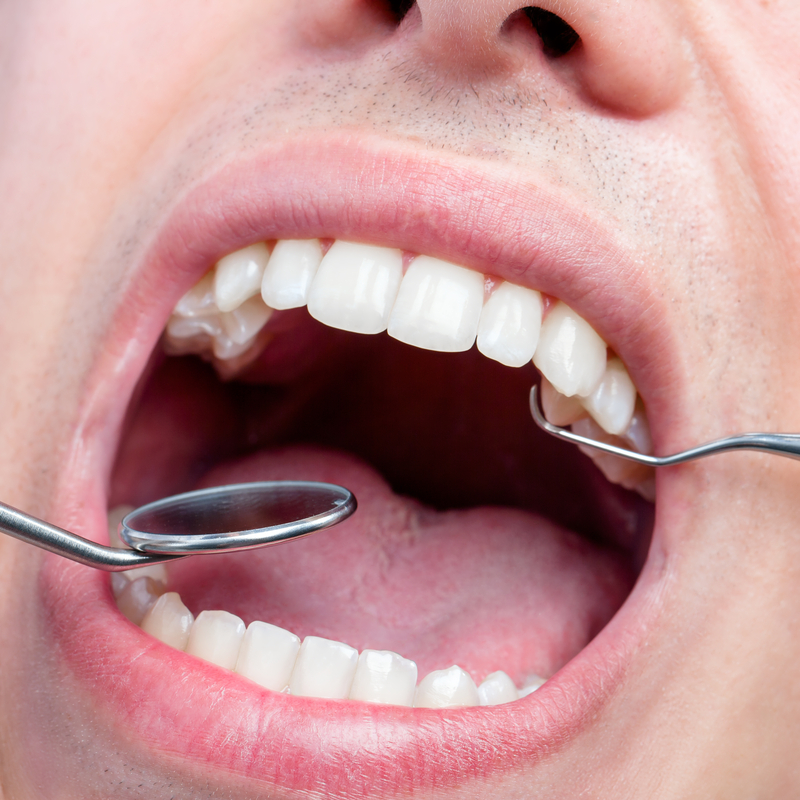How can personalised medicine be used for bone regeeration? Here, Dr. Franz E. Weber, Head of Oral Biotechnology & Bioengineering at University Zurich’s Center of Dental Medicine explains
Around 2500 years ago, Hippocrates realised that bone can heal without scarring. However, the natural healing potential is restricted to small defects and large bone defects caused by trauma or during tumour resections still pose a huge problem in orthopaedics and craniomaxillofacial surgery, not mentioning the immense costs associated with non-healing fractures or bony defects.
Personalised bone substitutes
The natural healing potential of bone is based on three pillars:
- Mesenchymal stem cells;
- Osteoinduction by growth factors deposited in bone;
- Osteoconduction, as the potential of bone tissue to grow into 3D structures.
Mesenchymal stem cells can be harvested from bone marrow or adipose tissue and therapies, applying them clinically as tested or already used. However, the costs associated with any stem cell therapy are very high. Mesenchymal stem cells can be differentiated to bone forming osteoblasts by growth factors like bone morphogenetic proteins, which entered clinics as FDA approved medical devices in 2002 as an option for spinal fusion to treat degenerative disc disease and tibia fractures, not able to heal by themselves. Both advanced and cost intensive therapies need delivery systems to properly apply the cells or the growth factors. Ideally, the delivery system should be osteoconductive, to further enhance bone healing and to minimise the need for stem cells or growth factors.
The research at Oral Biotechnology & Bioengineering (Center of Dental Medicine, University Zurich) has a long track record of the clinical use of osteoinduction in dental medicine and the delivery of bone morphogenetic proteins. To optimise osteoinduction, the combination with an osteoconductive bone substitute material appears to be a promising strategy. To that end we started a project on scaffold design and osteoconduction to develop osteoconductive/osteoinductive bone substitutes and initially got funding from the AOCMF, the Cranio-Maxillofacial Speciality of the AO Foundation and since 2014 full funding from the Swiss National Science Foundation (SNF).
The SNF project: “Osteoconductive and osteoinductive customised implants for large mandibular defects” is set to run for a period of three years and involves collaborators from around the world. Experience of titanium implants and their production through rapid prototyping is provided by researchers at the University of Applied Sciences North-western Switzerland (Professor Michael de Wild and Professor Ralf Schumacher); technologies on extracellular matrices, osteoinductive hydrogels and osteoconductive bone substitutes are provided by researchers at the University of Zurich (Prof. Franz E. Weber and Dr. Chafik Ghayor); and the Hong Kong Polytechnic University offers experience in selective magnesium alloys laser melting (Professor H Man and Professor Monica Mahesh Savalani). In combining a unique body of knowledge, the team, headed by Prof. Franz E. Weber as principle investigator, hopes to achieve the aims of the project and develop a much needed personalised treatment for large mandibular defects. The solutions found in this project can easily be translated in osteoconductive bone substitutes for use in orthopaedics and increase the number of patients to profit from our research results substantially.
The ultimate goal of research performed at: Oral Biotechnology & Bioengineering (Center of Dental Medicine, University Zurich) is to bring research results from the bench to the bedside. To that end, we recently acquired a lithography-based additive manufacturing machine which allows the production of osteoconductive bone substitutes from calcium-phosphates. Seventy percent of bone is made up from calcium-phosphates in the form of hydroxyapatite. Therefore we aim at to develop personalised, biomimetic, osteoconductive bone substitutes which can be produced in our laboratory by additive manufacturing and clinically applied to perfectly match and treat bone defects located either in the mandible or any other bone.
Epigenetics and bone regeneration
Epigenetics describes changes to the expression of genes that are not linked to changes in the DNA sequence. In another SNF funded project with the title “The potential of N-methylpyrrolidone (NMP) to prevent osteoporosis and to enhance bone regeneration” we found that NMP and 2 other small molecules to possess an activity on the level of epigenetics and patented these findings (Unitectra, University of Zurich) for treatment and prevention of osteoporosis, adiposity, periodontitis, peri-implantitis and several other disorders. Although this project finished at the end of 2015, we hope to continue on this novel approach to use epigenetics for bone regeneration and to combine these findings with osteoconductive bone substitutes.
Funding
Swiss National Science Foundation (SNF);
EU Seventh Framework Programme (FP7);
Swiss Dental Society (SSO);
AOCMF, the Cranio-Maxillofacial Specialty of the AO Foundation.
Biography of the principle investigator
FRANZ E WEBER graduated from the University of Konstanz (Germany) with a PhD in Biology/Muscle Biochemistry. He completed three years of postdoctoral training on muscle cell biology at Cornell University Medical College in New York City and served as a lecturer in the Department of Cell Biology and Anatomy. He spent the following two years at the Biochemistry Department of ETH Zurich (Federal Institutes of Technology in Zurich) working on the lipid uptake from the small intestine. In 1995, he joined the Department of Cranio-Maxillofacial and Oral Surgery at the University Hospital Zurich, and the Dental School of the University of Zurich. In addition to his obligations at the University of Zurich, he became Director of the European Technical Center of Inion Ltd in Cambridge (UK) in 2005 and occupied this position until 2009. His main area of interest is bone regeneration. His research encompasses bone morphogenetic proteins, delivery systems, bone substitute materials, osteoconduction, epigenetics, additive manufacturing and in vitro bone tissue engineering. Weber has authored 94 original research articles published in international journals amounting to more than 3,800 citations and has an h-index of 30. He is member of TERMIS (Tissue Engineering international & Regenerative Medicine Society), IADR (International Association for Dental Research), and SSB+RM (Swiss Society for Biomaterials and Regenerative Medicine).
Dr. Franz E. Weber
Head of Oral Biotechnology & Bioengineering
University Zurich, Center of Dental Medicine
+41 634 3140
http://www.zzm.uzh.ch/en/research/staff/weber-franz.html
Please note: this is a commercial profile











